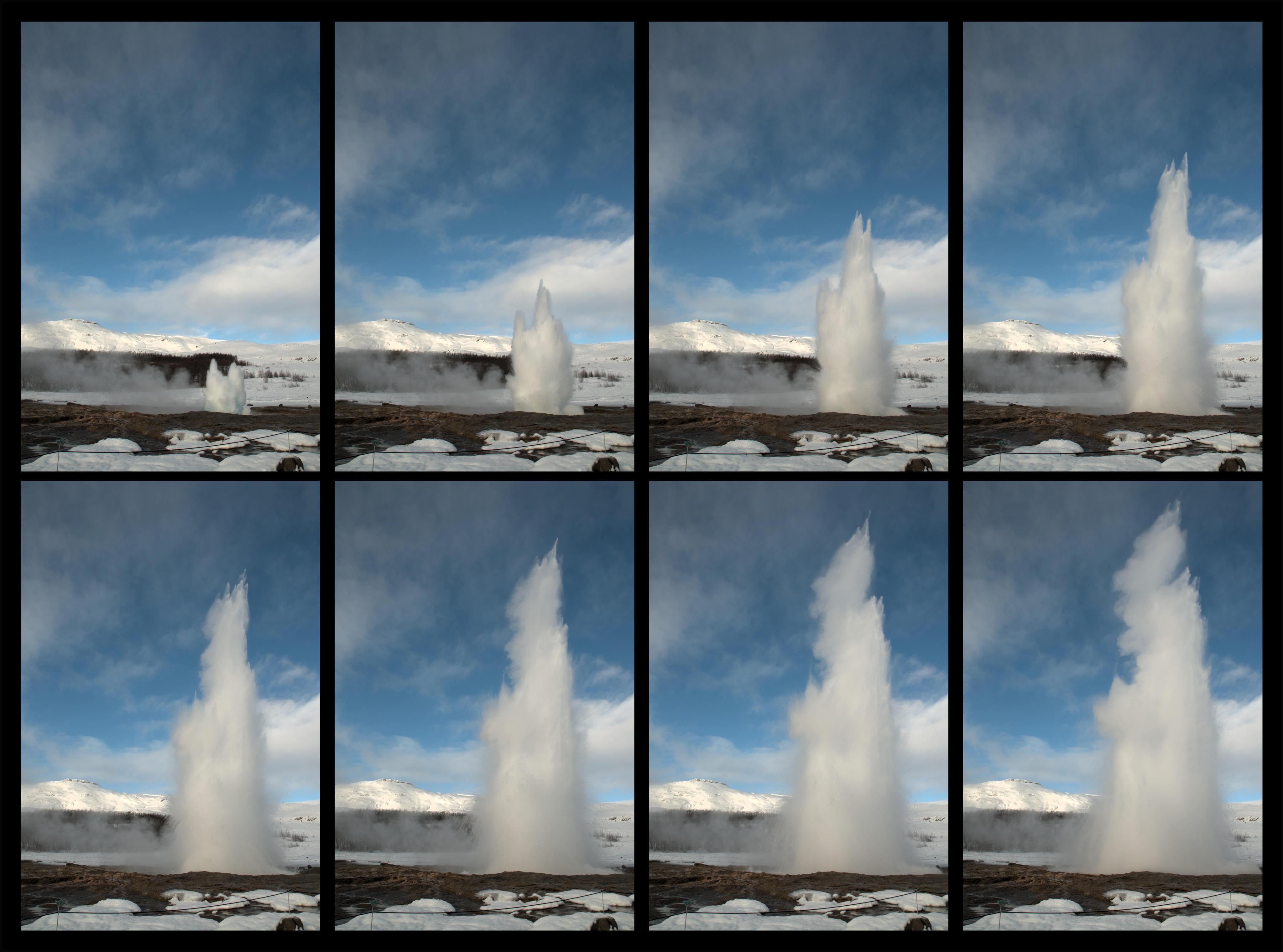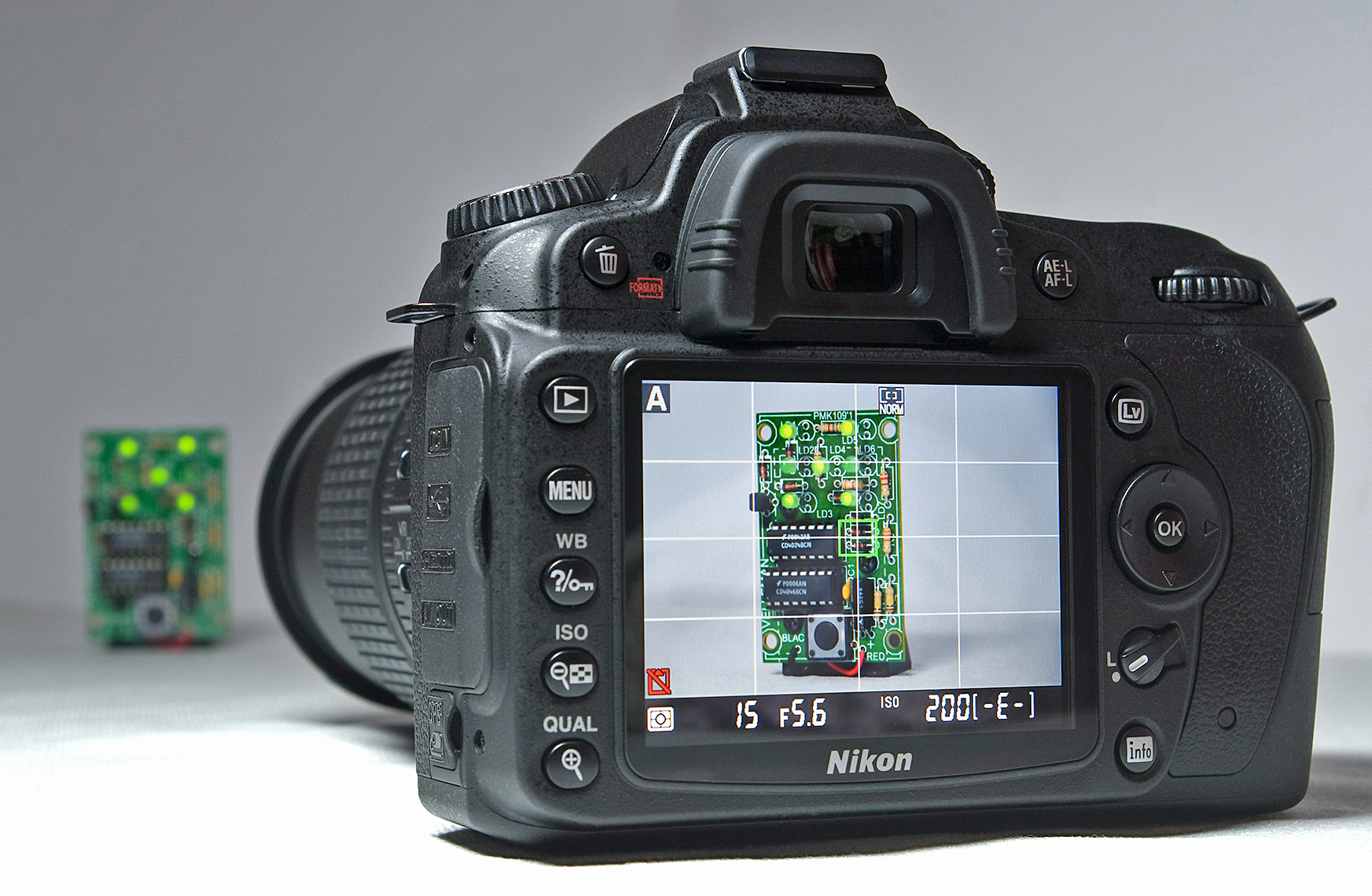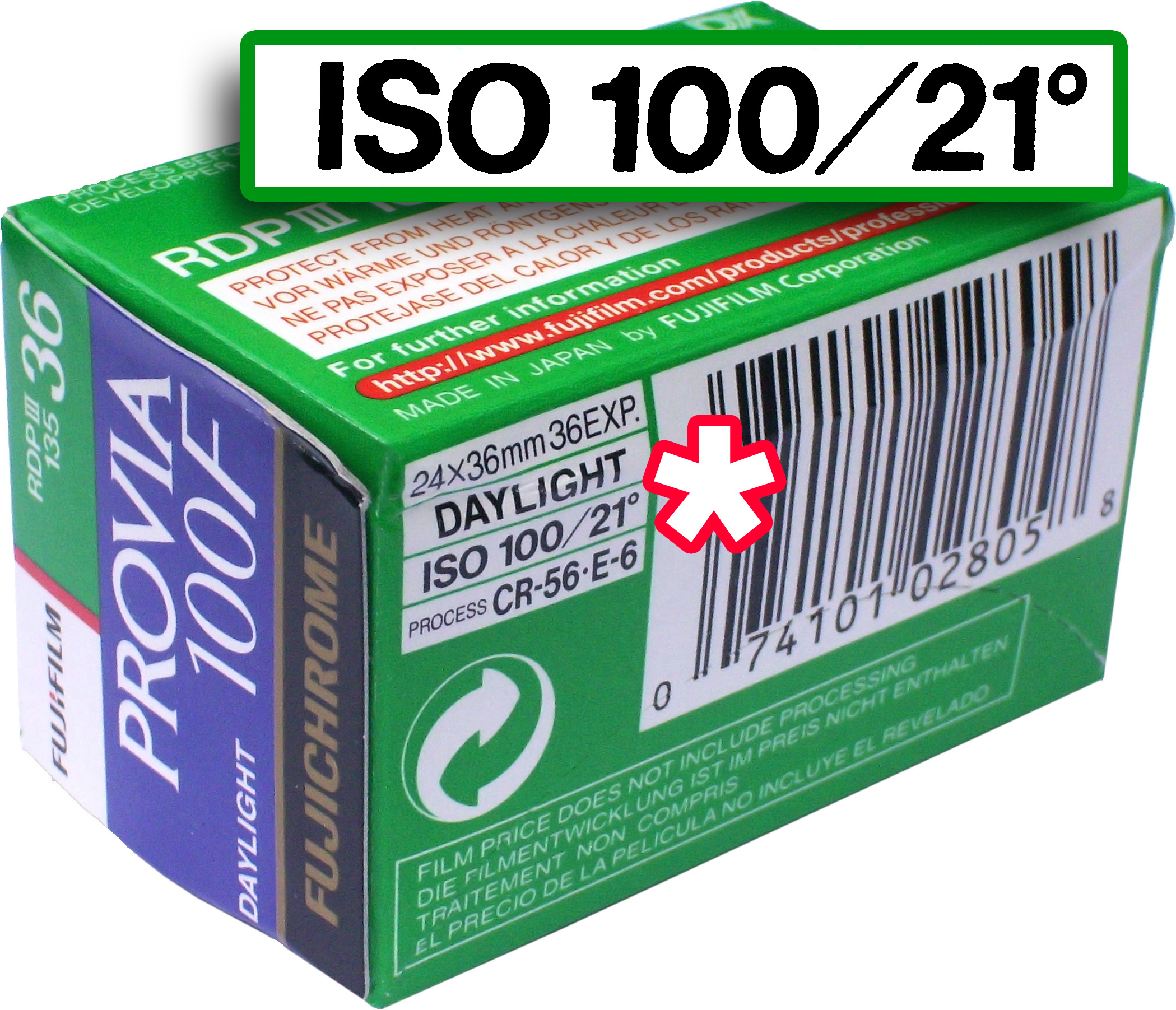|
Samsung GX-20
The Pentax K20D and its clone, the Samsung GX-20, are 14.6 megapixel digital single-lens reflex cameras manufactured by Pentax that were announced on January 23, 2008. The K20D was available in the U.S. market from February 2008 through autumn 2009. The K20D and GX-20 bodies were developed by Pentax, while the CMOS sensor was manufactured by Samsung - a result of a Pentax#Corporate cooperation and competition, partnership begun in 2005. Although both cameras share similar hardware, each camera has its own design, firmware, and image processing algorithms. The K20D is the first Pentax DSLR with a CMOS image sensor co-developed by Pentax and Samsung. Samsung's expertise in sensor design is seen as a major benefit to Pentax, which did not release Pentax *ist D, its first DSLR until 2003, when most other camera manufacturers had already established themselves in the growing digital SLR market. At the time of their release, the K20D and GX-20 had the highest resolution sensor in the AP ... [...More Info...] [...Related Items...] OR: [Wikipedia] [Google] [Baidu] |
Pentax
was a Japanese camera and optical equipment manufacturer. Currently, it exists as the Pentax Life Care Business Division of Hoya's medical endoscope business, as well as the digital camera brand of Ricoh Imaging, a subsidiary of Ricoh. Pentax, founded in 1919 as a town workshop specializing in polishing eyeglass lenses, developed Japan's first single-lens reflex camera, the Asahiflex, in 1952. By 2006, Pentax's domestic market share in digital cameras had declined to 4%. In 2007, Pentax was acquired by Hoya and subsequently merged with the company the following year. In 2011, Hoya spun off the Pentax brand's digital camera business, which was then acquired by Ricoh, leading to the establishment of Pentax Ricoh Imaging (current Ricoh Imaging). As a response to growing interest in film photography, Pentax launched the Pentax 17 on June 17, 2024. The Pentax 17 is a half-frame film camera. This launch marks the first Pentax film camera in over two decades. Corporate history ... [...More Info...] [...Related Items...] OR: [Wikipedia] [Google] [Baidu] |
Pentax K10D
The Pentax K10D and similar Samsung GX-10 are 10.2-megapixel digital single-lens reflex cameras launched in late 2006. They were developed in a collaboration between Pentax of Japan and Samsung of South Korea. The K10D was announced on 13 September 2006, and released in mid-November 2006, while Samsung announced the GX-10 on 21 September 2006 and it became available on January 1, 2007. The Pentax K20D, successor to the K10D, was officially announced on January 23, 2008. The K10D has been hailed by ''Popular Photography and Imaging'' magazine as "an all-star player," and was named as a finalist for their 2007 "Camera of the Year" award. Technology and construction It combines a 10.2 effective megapixel CCD sensor, coupled with a 22-bit analog-to-digital converter (ADC) and a shake reduction system which also provides a dust removal feature to keep dust off the sensor surface. The K10D features a new image processor called ''PRIME'' (Pentax Real IMage Engine), which interfac ... [...More Info...] [...Related Items...] OR: [Wikipedia] [Google] [Baidu] |
Suggested Retail Price
The list price, also known as the manufacturer's suggested retail price (MSRP), or the recommended retail price (RRP), or the suggested retail price (SRP) of a product is the price at which its manufacturer notionally recommends that a retailer sell the product. Suggested pricing methods may conflict with competition theory, as they allow prices to be set higher than would be established by supply and demand. Resale price maintenance—fixing prices—goes further than suggesting prices, and is illegal in many countries. Retailers may charge less than the suggested retail price, depending upon the actual wholesale cost of each item, usually purchased in bulk from the manufacturer, or in smaller quantities through a distributor. The suggested price is sometimes unrealistically high, so the seller can appear to be offering a discount. Some retailers apply discount stickers over top of original prices to indicate a discount to consumers. List price often cannot be compared dire ... [...More Info...] [...Related Items...] OR: [Wikipedia] [Google] [Baidu] |
Defective Pixel
A defective pixel or a dead pixel is a pixel on a liquid crystal display (LCD) that is not functioning properly. The ISO standard ISO 13406-2 distinguishes between three different types of defective pixels, while hardware companies tend to have further distinguishing types.Apple Technician Training Similar defects can also occur in charge-coupled device (CCD) and CMOS image sensors in digital cameras. In these devices, defective pixels fail to ''sense'' light levels correctly, whereas defective pixels in LCDs fail to ''reproduce'' light levels correctly. Types Dark dot defect A dark dot defect is usually caused by a transistor in the transparent electrode layer that is stuck "on" for TN panels or "off" for MVA, PVA, and IPS panels. In that state, the liquid crystal material does not do any rotation so that the light from the backlight does not pass through the RGB layer of the display. Bright dot defect A bright dot defect or hot pixel is a group of three sub-pixe ... [...More Info...] [...Related Items...] OR: [Wikipedia] [Google] [Baidu] |
Noise Reduction
Noise reduction is the process of removing noise from a signal. Noise reduction techniques exist for audio and images. Noise reduction algorithms may distort the signal to some degree. Noise rejection is the ability of a circuit to isolate an undesired signal component from the desired signal component, as with common-mode rejection ratio. All signal processing devices, both analog and digital, have traits that make them susceptible to noise. Noise can be random with an even frequency distribution ( white noise), or frequency-dependent noise introduced by a device's mechanism or signal processing algorithms. In electronic systems, a major type of noise is ''hiss'' created by random electron motion due to thermal agitation. These agitated electrons rapidly add and subtract from the output signal and thus create detectable noise. In the case of photographic film and magnetic tape, noise (both visible and audible) is introduced due to the grain structure of the medium. In pho ... [...More Info...] [...Related Items...] OR: [Wikipedia] [Google] [Baidu] |
X-sync
In photography, flash synchronization or flash sync is the synchronizing the firing of a Flash (photography), photographic flash with the opening of the Shutter (photography), shutter admitting light to photographic film or electronic image sensor. In cameras with mechanical (clockwork) shutters synchronization is supported by an electrical contact within the shutter mechanism, which closes the circuit at the appropriate moment in the shutter opening process. In electronic digital cameras, the mechanism is usually a programmable electronic timing circuit, which may, in some cameras, take input from a mechanical shutter contact. The flash is connected electrically to the camera either by a cable with a standardized coaxial Prontor-Compur, PC (for Prontor/Compur) connector (as defined in ISO 519), or via contacts in an ''accessory mount'' (hot shoe) bracket. Faster shutter speeds are often better when there is significant ambient illumination, and flash is used to flash fill ... [...More Info...] [...Related Items...] OR: [Wikipedia] [Google] [Baidu] |
Exposure Value
In photography, exposure value (EV) is a number that represents a combination of a camera's shutter speed and f-number, such that all combinations that yield the same exposure (photography), exposure have the same EV (for any fixed scene luminance). Exposure value is also used to indicate an interval on the photographic exposure scale, with a difference of 1 EV corresponding to a standard power-of-2 exposure step, commonly referred to as a stop. The EV concept was developed by the German shutter manufacturer Friedrich Deckel in the 1950s (#CITEREFGebele1958, Gebele 1958; #CITEREFRay2000, Ray 2000, 318). Its intent was to simplify choosing among equivalent camera exposure settings by replacing combinations of shutter speed and f-number (e.g., 1/125 s at ) with a single number (e.g., 15). On some lenses with Shutter (photography)#Diaphragm shutter, leaf shutters, the process was further simplified by allowing the shutter and aperture controls to be linked such that, when one w ... [...More Info...] [...Related Items...] OR: [Wikipedia] [Google] [Baidu] |
Dynamic Range
Dynamics (from Greek δυναμικός ''dynamikos'' "powerful", from δύναμις ''dynamis'' " power") or dynamic may refer to: Physics and engineering * Dynamics (mechanics), the study of forces and their effect on motion Brands and enterprises * Dynamic (record label), an Italian record label in Genoa Mathematics * Dynamical system, a concept describing a point's time dependency ** Topological dynamics, the study of dynamical systems from the viewpoint of general topology * Symbolic dynamics, a method to model dynamical systems Social science * Group dynamics, the study of social group processes especially * Population dynamics, in life sciences, the changes in the composition of a population * Psychodynamics, the study of psychological forces driving human behavior * Social dynamics, the ability of a society to react to changes * Spiral Dynamics, a social development theory Other uses * Dynamics (music), the softness or loudness of a sound or note * DTA Dynami ... [...More Info...] [...Related Items...] OR: [Wikipedia] [Google] [Baidu] |
Autofocus
An autofocus (AF) optical system uses a sensor, a control system and a motor to focus on an automatically or manually selected point or area. An electronic rangefinder has a display instead of the motor; the adjustment of the optical system has to be done manually until indication. Autofocus methods are distinguished as active, passive or hybrid types. Autofocus systems rely on one or more sensors to determine correct focus. Some AF systems rely on a single sensor, while others use an array of sensors. Most modern SLR cameras use through-the-lens optical sensors, with a separate sensor array providing light metering, although the latter can be programmed to prioritize its metering to the same area as one or more of the AF sensors. Through-the-lens optical autofocusing is usually speedier and more precise than manual focus with an ordinary viewfinder, although more precise manual focus can be achieved with special accessories such as focusing magnifiers. Autofocus accur ... [...More Info...] [...Related Items...] OR: [Wikipedia] [Google] [Baidu] |
Burst Mode (photography)
Burst mode, also called continuous shooting mode, sports mode, continuous mode, or burst shot, is a shooting mode in still cameras where several photos are captured in quick succession by either pressing the Shutter (photography), shutter button or holding it down. This is used mainly when the subject is in successive Motion (physics), motion, such as sports photography. The photographer can then select the best image of the group or arrange them in a sequence to study the transitions in detail. Details The speed at which successive photographs can be captured depends on several factors, but mainly on the processing power of the camera. Disabling certain features such as post processing which the camera applies automatically after capturing each image will usually allow a faster rate of capture. While some cheaper point and shoot cameras may have a multi-image burst function which allows them to capture a number of frames within a second with a single shutter button press, mos ... [...More Info...] [...Related Items...] OR: [Wikipedia] [Google] [Baidu] |
Live Preview
Live preview is a feature that allows a digital camera's display screen to be used as a viewfinder. This provides a means of previewing framing and other exposure before taking the photograph. In most such cameras, the preview is generated by means of continuously and directly projecting the image formed by the lens onto the main image sensor. This in turn feeds the electronic screen with the live preview image. The electronic screen can be either a liquid crystal display (LCD) or an electronic viewfinder (EVF). Background The concept for cameras with live preview largely derives from electronic (video) TV cameras. Until 1995 most digital cameras did not have live preview, and it was more than ten years after this that the higher end digital single-lens reflex cameras (DSLR) adopted this feature, as it is fundamentally incompatible with the swinging-mirror single-lens reflex mechanism. The first digital still camera with an LCD for autogain framing live preview was th ... [...More Info...] [...Related Items...] OR: [Wikipedia] [Google] [Baidu] |
Film Speed
Film speed is the measure of a photographic film's sensitivity to light, determined by sensitometry and measured on various numerical scales, the most recent being the ISO system introduced in 1974. A closely related system, also known as ISO, is used to describe the relationship between exposure and output image lightness in digital cameras. Prior to ISO, the most common systems were ASA in the United States and DIN in Europe. The term ''speed'' comes from the early days of photography. Photographic emulsions that were more sensitive to light needed less time to generate an acceptable image and thus a complete exposure could be finished faster, with the subjects having to hold still for a shorter length of time. Emulsions that were less sensitive were deemed "slower" as the time to complete an exposure was much longer and often usable only for still life photography. Exposure times for photographic emulsions shortened from hours to fractions of a second by the late 19th ... [...More Info...] [...Related Items...] OR: [Wikipedia] [Google] [Baidu] |







